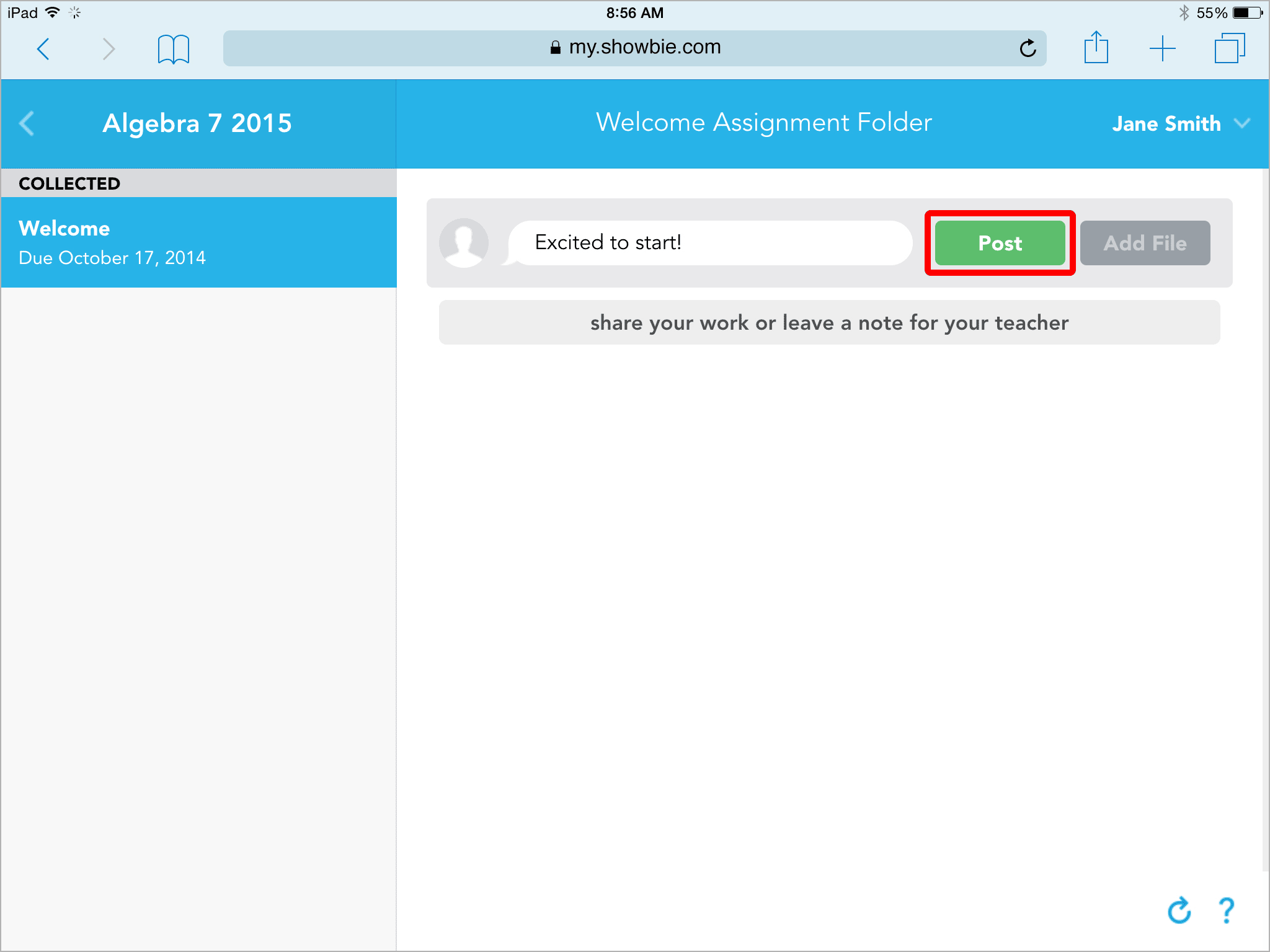In today's digital age, engaging with your audience is crucial for building a thriving online community. Encouraging users to leave a comment on your website is one of the most effective ways to foster interaction and establish a connection with your visitors. However, many website owners struggle to get users to engage in this manner. In this article, we will explore strategies and techniques to make your website more interactive and encourage meaningful comments.
Engaging with your audience can significantly enhance your website's performance and increase its value. One of the simplest ways to do this is by encouraging users to leave a comment. This not only helps in creating a community but also improves SEO rankings and user retention.
Throughout this article, we will delve into the importance of user comments, strategies to boost engagement, and tips to maintain a healthy commenting culture on your website. By the end of this guide, you will have a clear understanding of how to encourage users to leave a comment on your website effectively.
Read also:Hyden Kho Maricar Reyes The Ultimate Guide To Her Life Career And Achievements
Why Are Comments Important for Your Website?
Comments play a pivotal role in enhancing the user experience on your website. They provide an opportunity for your audience to express their thoughts, ask questions, and engage in meaningful discussions. This interaction can lead to increased user retention and higher page views.
Furthermore, comments contribute to the SEO of your website. Search engines like Google consider user engagement as a ranking factor. The more people interact with your content, the more likely your website is to rank higher in search results.
Building a Community Through Comments
One of the primary benefits of encouraging users to leave a comment is the ability to build a strong community around your content. This community can help foster loyalty and trust, which are essential for long-term success.
- Comments create a sense of belonging among users.
- They allow for the exchange of ideas and perspectives.
- Encouraging comments can lead to repeat visits and increased traffic.
Strategies to Encourage Users to Leave a Comment
There are several strategies you can implement to encourage users to leave a comment on your website. Below, we will explore some of these techniques in detail.
1. Ask Questions in Your Content
Asking relevant questions within your content is a great way to prompt users to leave a comment. When readers feel their opinions are valued, they are more likely to engage with your content.
For example, if you write an article about website design, you could ask questions like:
Read also:Onlyfans Penelope Menchaca A Comprehensive Guide To Her Success And Impact
- What challenges do you face when designing a website?
- Which tools do you prefer for website development?
2. Use Engaging Call-to-Actions (CTAs)
A well-crafted call-to-action can significantly boost user engagement. Encourage readers to leave a comment by using persuasive language in your CTAs.
Examples of effective CTAs include:
- “Let us know what you think in the comments below!”
- “Share your thoughts and experiences with us!”
Optimizing Your Comment Section for Better Engagement
Your comment section should be optimized for ease of use and accessibility. A cluttered or difficult-to-navigate comment section can deter users from engaging with your content.
3. Simplify the Commenting Process
Make it as easy as possible for users to leave a comment. Avoid requiring excessive personal information or complex login processes. Many websites allow users to comment using their social media accounts, which can streamline the process.
4. Enable Notifications for Comment Replies
Encourage ongoing discussions by enabling notifications for comment replies. This feature ensures that users are notified when someone responds to their comment, fostering a more interactive environment.
The Role of Content Quality in Encouraging Comments
High-quality content is the foundation of any successful website. When your content is informative, engaging, and well-researched, users are more likely to leave a comment.
5. Focus on Valuable and Unique Content
Provide your audience with valuable insights and information that they cannot find elsewhere. Unique content encourages users to share their thoughts and engage in discussions.
6. Use Visuals to Enhance Your Content
Incorporating visuals such as images, infographics, and videos can make your content more appealing and engaging. Visual aids can help convey complex information and encourage users to leave a comment.
Maintaining a Healthy Commenting Culture
While encouraging users to leave a comment is important, it is equally crucial to maintain a healthy commenting culture. This involves moderating comments and ensuring that discussions remain respectful and productive.
7. Implement Comment Moderation
Moderation is essential for maintaining a positive environment in your comment section. Remove any spam, offensive, or irrelevant comments promptly to ensure that your community remains safe and welcoming.
8. Set Commenting Guidelines
Clearly outline the rules and expectations for commenting on your website. This helps users understand what is acceptable and encourages respectful discussions.
Measuring the Success of Your Commenting Strategy
To determine the effectiveness of your commenting strategy, it is important to measure key metrics such as the number of comments, comment quality, and user engagement.
9. Analyze User Engagement Metrics
Use analytics tools to track user engagement and identify trends in your comment section. This data can help you refine your strategy and improve user interaction over time.
10. Gather Feedback from Your Audience
Encourage users to provide feedback on your commenting system and overall content. This can help you identify areas for improvement and enhance the user experience.
Conclusion
Encouraging users to leave a comment on your website is a powerful way to engage your audience and build a thriving online community. By implementing the strategies outlined in this article, you can create a more interactive and engaging environment for your visitors.
We invite you to take action by applying these techniques to your website. Leave a comment below to share your thoughts and experiences. Additionally, don't forget to explore other articles on our site for more valuable insights into website management and digital marketing.
Table of Contents
- Why Are Comments Important for Your Website?
- Strategies to Encourage Users to Leave a Comment
- Optimizing Your Comment Section for Better Engagement
- The Role of Content Quality in Encouraging Comments
- Maintaining a Healthy Commenting Culture
- Measuring the Success of Your Commenting Strategy
References:
- Google Webmaster Guidelines
- Moz Blog - The SEO Value of a Comment Section
- HubSpot - The Importance of User-Generated Content


